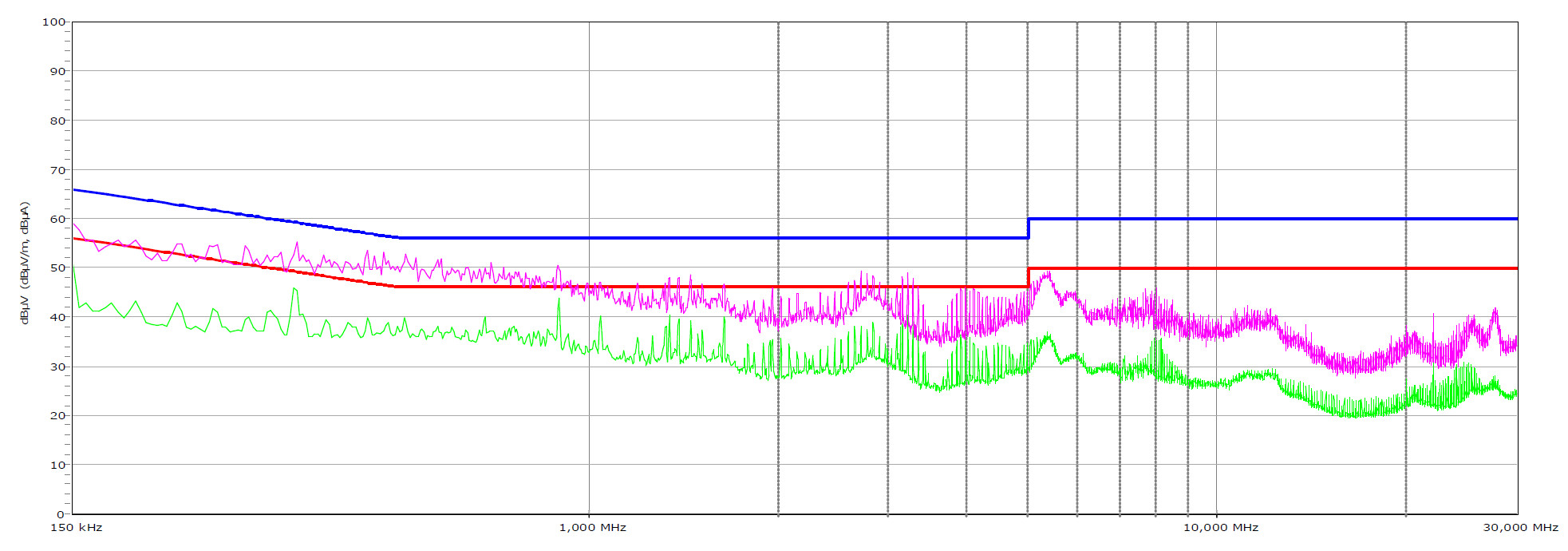Why you can trust Tom's Hardware
Advanced Transient Response Tests
For details about our transient response testing, please click here.
In the real world, power supplies are always working with loads that change. It's of immense importance, then, for the PSU to keep its rails within the ATX specification's defined ranges. The smaller the deviations, the more stable your PC will be with less stress applied to its components.
We should note that the ATX spec requires capacitive loading during the transient rests, but in our methodology, we also choose to apply a worst case scenario with no additional capacitance on the rails.
Advanced Transient Response at 20% – 20ms
| Voltage | Before | After | Change | Pass/Fail |
| 12V | 12.042V | 11.869V | 1.43% | Pass |
| 5V | 5.049V | 4.975V | 1.46% | Pass |
| 3.3V | 3.296V | 3.120V | 5.33% | Fail |
| 5VSB | 5.032V | 4.977V | 1.10% | Pass |
Advanced Transient Response at 20% – 10ms
| Voltage | Before | After | Change | Pass/Fail |
| 12V | 12.042V | 11.882V | 1.33% | Pass |
| 5V | 5.048V | 4.974V | 1.46% | Pass |
| 3.3V | 3.295V | 3.120V | 5.31% | Fail |
| 5VSB | 5.032V | 4.984V | 0.95% | Pass |
Advanced Transient Response at 20% – 1ms
| Voltage | Before | After | Change | Pass/Fail |
| 12V | 12.041V | 11.887V | 1.28% | Pass |
| 5V | 5.048V | 4.961V | 1.72% | Pass |
| 3.3V | 3.295V | 3.123V | 5.23% | Fail |
| 5VSB | 5.032V | 4.963V | 1.37% | Pass |
Advanced Transient Response at 50% – 20ms
| Voltage | Before | After | Change | Pass/Fail |
| 12V | 11.986V | 11.894V | 0.77% | Pass |
| 5V | 5.044V | 4.986V | 1.15% | Pass |
| 3.3V | 3.287V | 3.104V | 5.56% | Fail |
| 5VSB | 5.018V | 4.974V | 0.87% | Pass |
Advanced Transient Response at 50% – 10ms
| Voltage | Before | After | Change | Pass/Fail |
| 12V | 11.985V | 11.872V | 0.94% | Pass |
| 5V | 5.043V | 4.965V | 1.55% | Pass |
| 3.3V | 3.287V | 3.104V | 5.56% | Fail |
| 5VSB | 5.017V | 4.970V | 0.93% | Pass |
Advanced Transient Response at 50% – 1ms
| Voltage | Before | After | Change | Pass/Fail |
| 12V | 11.985V | 11.878V | 0.89% | Pass |
| 5V | 5.044V | 4.962V | 1.63% | Pass |
| 3.3V | 3.287V | 3.111V | 5.35% | Fail |
| 5VSB | 5.018V | 4.959V | 1.19% | Pass |
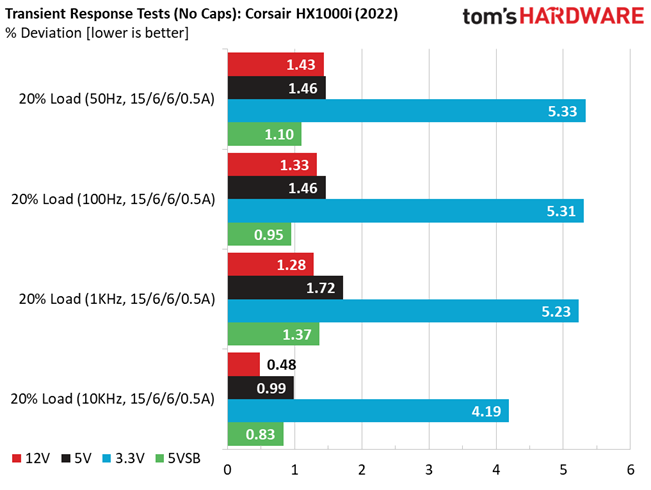
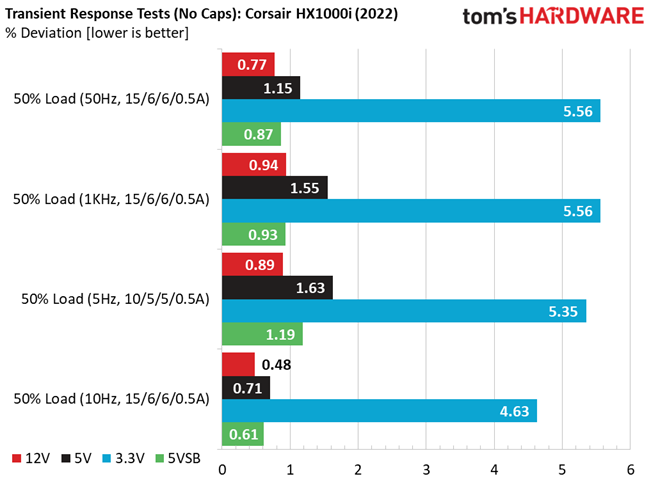
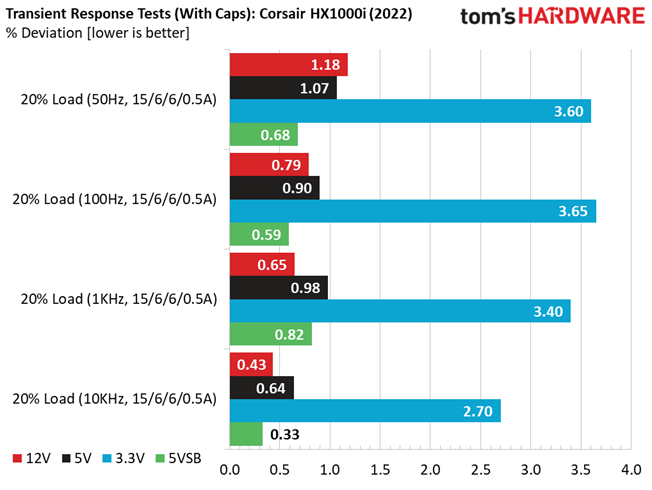
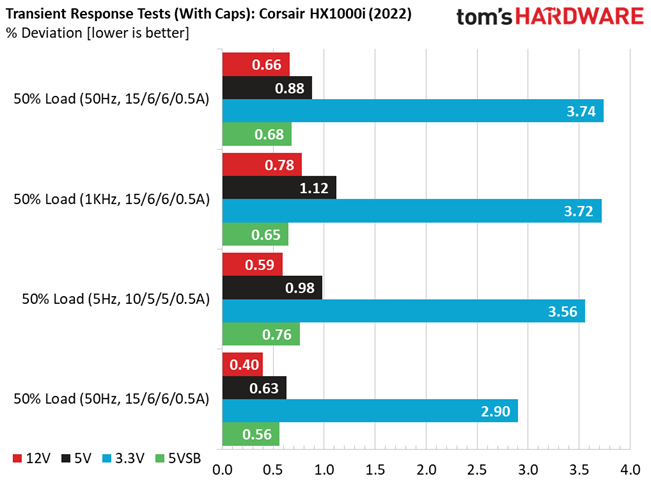
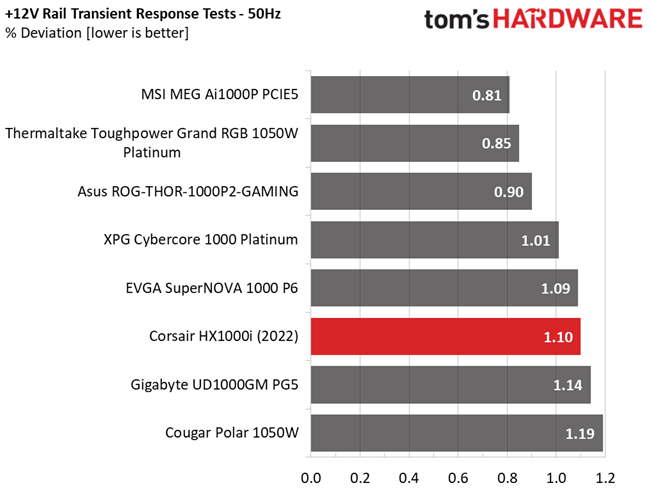
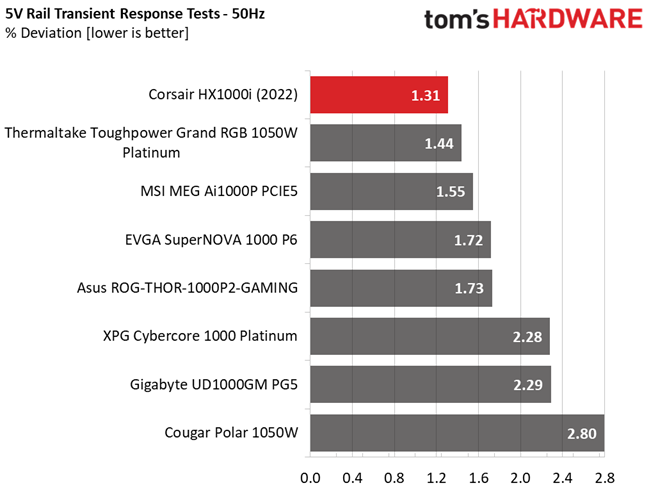
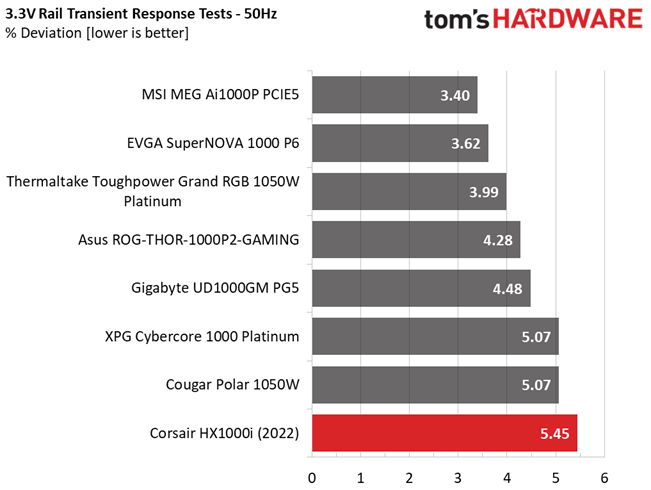
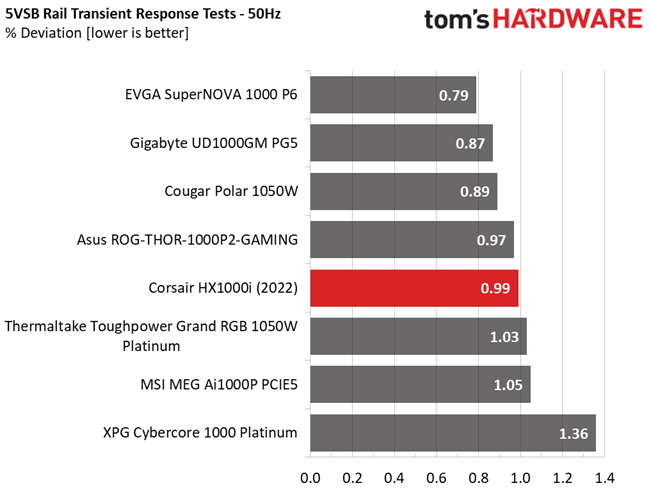
Transient response is tight enough at 12V and 5VSB, extra tight at 5V, and mediocre at 3.3V.
Turn-On Transient Tests
In the next set of tests, we measure the PSU's response in simpler transient load scenarios—during its power-on phase. Ideally, we don't want to see any voltage overshoots or spikes since those put a lot of stress on the DC-DC converters of installed components.
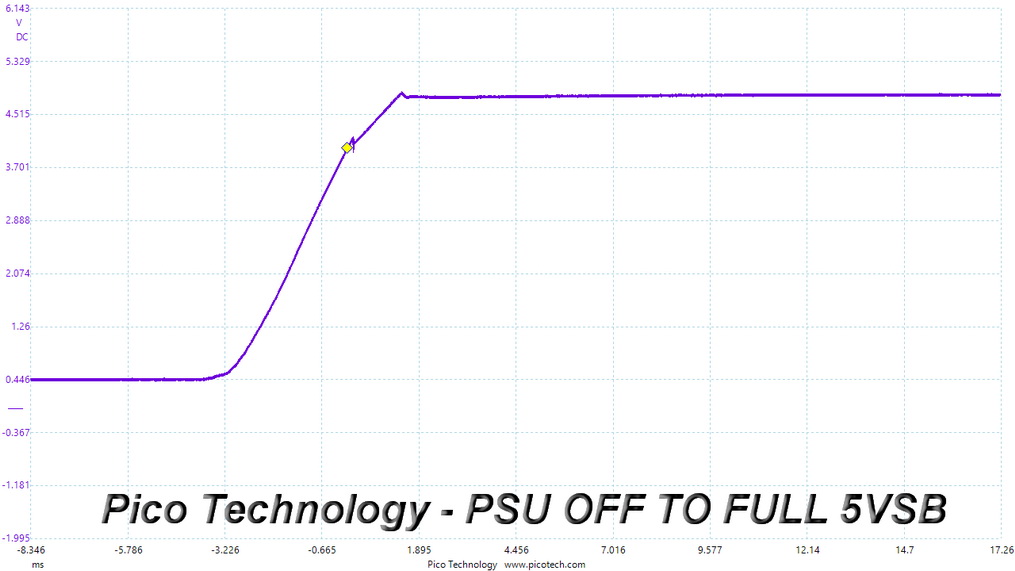
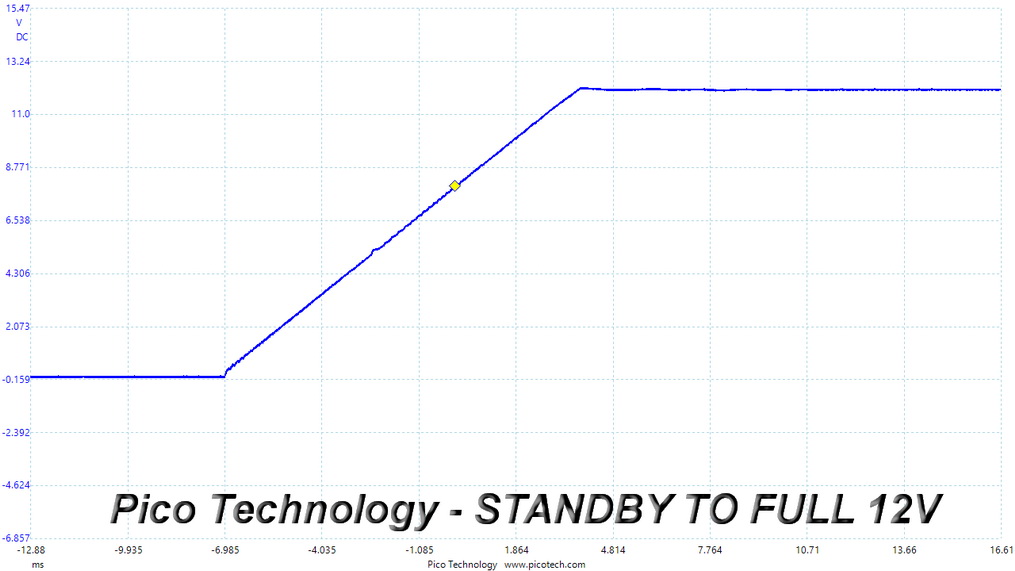
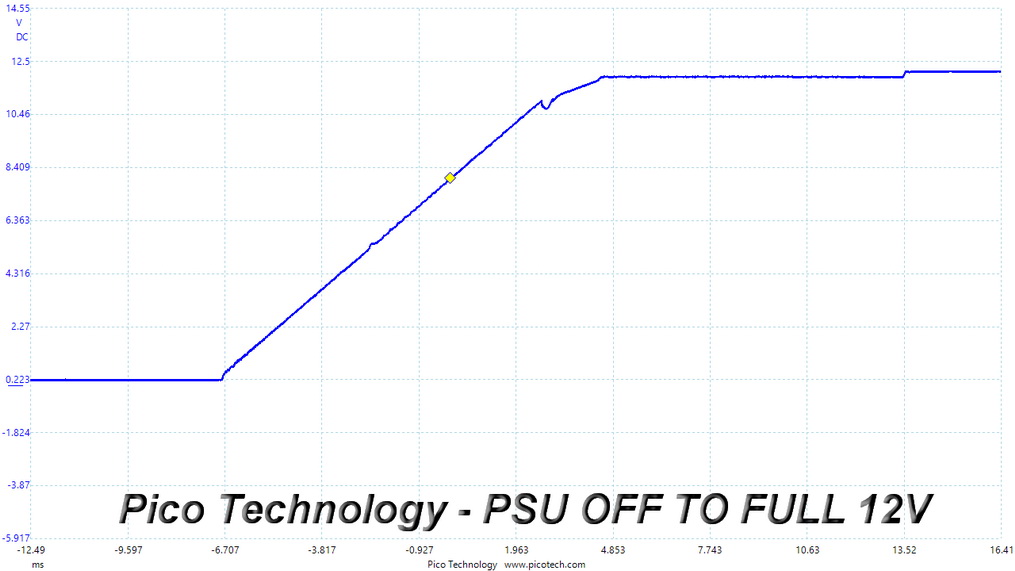
There is a slight overshoot at 5VSB and a small step at the waveform during the "PSU OFF to Full 12V" test, which most likely won't create any issues.
Power Supply Timing Tests
There are several signals generated by the power supply, which need to be within specified, by the ATX spec, ranges. If they are not, there can be compatibility issues with other system parts, especially mainboards. From year 2020, the PSU's Power-on time (T1) has to be lower than 150ms and the PWR_OK delay (T3) from 100 to 150ms, to be compatible with the Alternative Sleep Mode.
Get Tom's Hardware's best news and in-depth reviews, straight to your inbox.
| T1 (Power-on time) & T3 (PWR_OK delay) | ||
|---|---|---|
| Load | T1 | T3 |
| 20% | 76ms | 142ms |
| 100% | 66ms | 140ms |
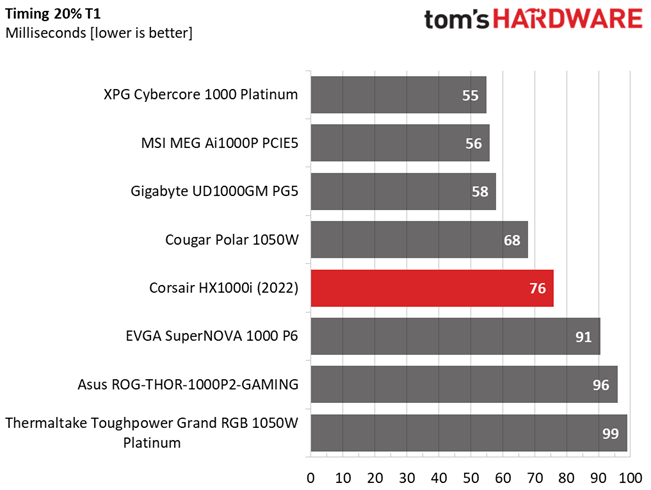
PSU Timing Charts
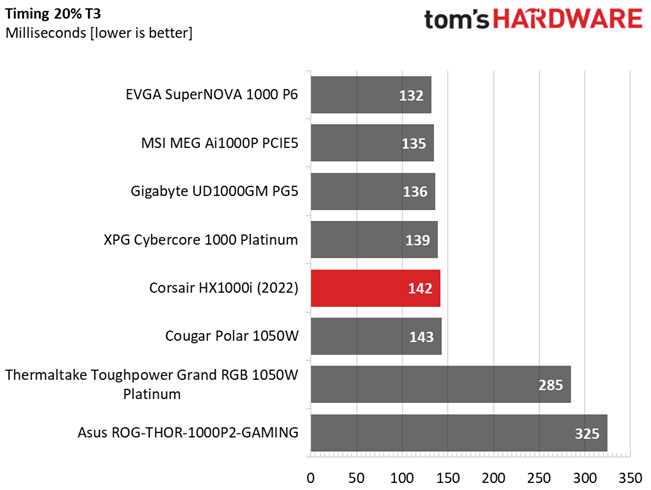
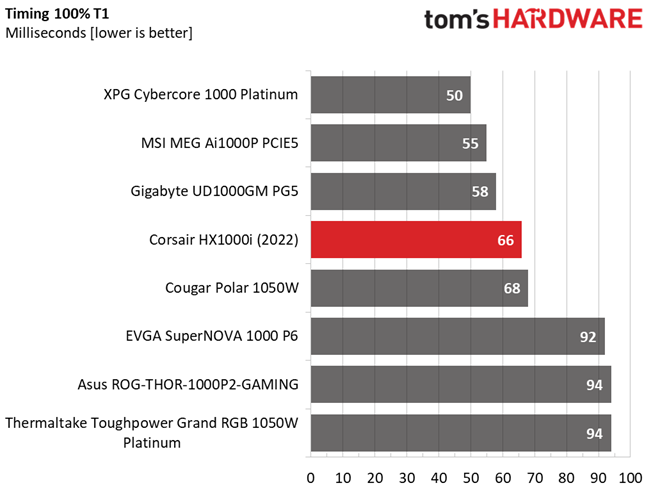
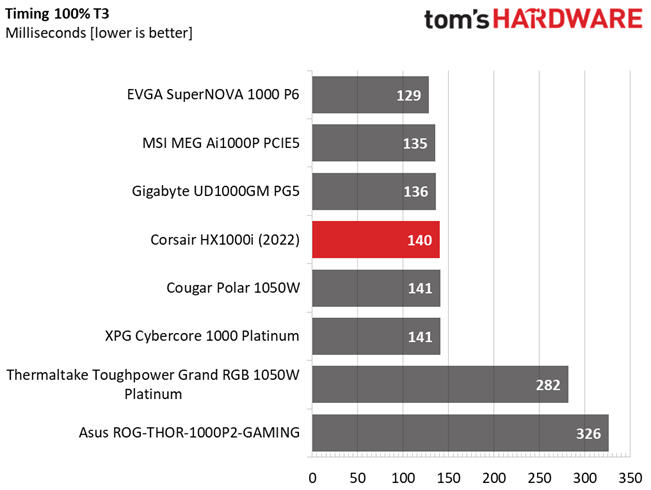
The PWR_OK delay is within the 100-150ms region, so the PSU supports the alternative sleep mode recommended by the ATX spec.
Ripple Measurements
Ripple represents the AC fluctuations (periodic) and noise (random) found in the PSU's DC rails. This phenomenon significantly decreases the capacitors' lifespan because it causes them to run hotter. A 10-degree Celsius increase can cut into a cap's useful life by 50%. Ripple also plays an important role in overall system stability, especially when overclocking is involved.
The ripple limits, according to the ATX specification, are 120mV (+12V) and 50mV (5V, 3.3V, and 5VSB).
| Test | 12V | 5V | 3.3V | 5VSB | Pass/Fail |
| 10% Load | 8.7 mV | 4.1 mV | 6.0 mV | 4.5 mV | Pass |
| 20% Load | 10.2 mV | 4.2 mV | 5.7 mV | 4.6 mV | Pass |
| 30% Load | 11.4 mV | 3.9 mV | 6.2 mV | 4.7 mV | Pass |
| 40% Load | 14.5 mV | 4.0 mV | 6.1 mV | 4.9 mV | Pass |
| 50% Load | 15.8 mV | 4.4 mV | 6.7 mV | 5.3 mV | Pass |
| 60% Load | 18.8 mV | 4.9 mV | 6.8 mV | 5.2 mV | Pass |
| 70% Load | 19.6 mV | 5.1 mV | 6.9 mV | 5.2 mV | Pass |
| 80% Load | 20.7 mV | 4.8 mV | 10.3 mV | 6.0 mV | Pass |
| 90% Load | 24.1 mV | 5.4 mV | 10.4 mV | 5.5 mV | Pass |
| 100% Load | 28.2 mV | 6.5 mV | 11.6 mV | 6.8 mV | Pass |
| 110% Load | 29.0 mV | 6.5 mV | 12.3 mV | 7.1 mV | Pass |
| Crossload 1 | 13.4 mV | 5.7 mV | 13.5 mV | 6.1 mV | Pass |
| Crossload 2 | 10.8 mV | 5.3 mV | 5.8 mV | 5.3 mV | Pass |
| Crossload 3 | 12.2 mV | 4.3 mV | 13.3 mV | 5.4 mV | Pass |
| Crossload 4 | 27.2 mV | 5.5 mV | 7.3 mV | 6.5 mV | Pass |
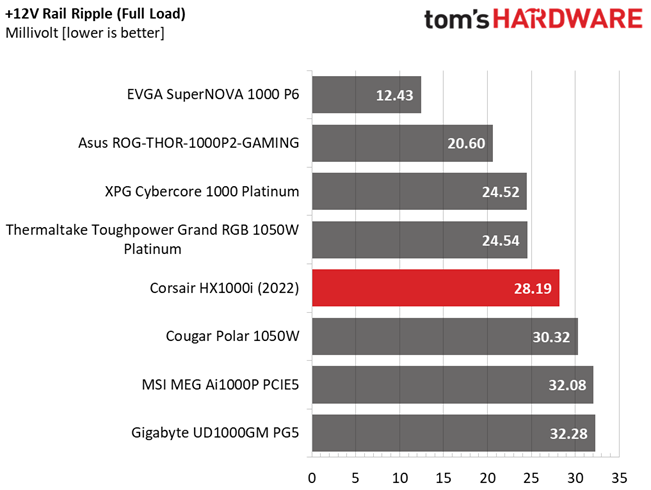
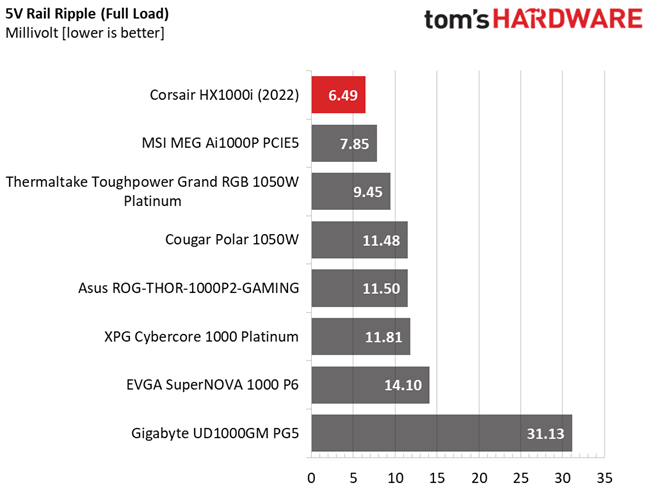
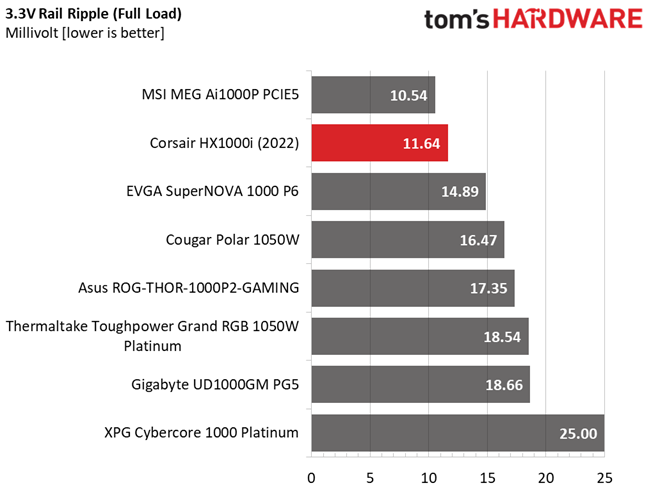
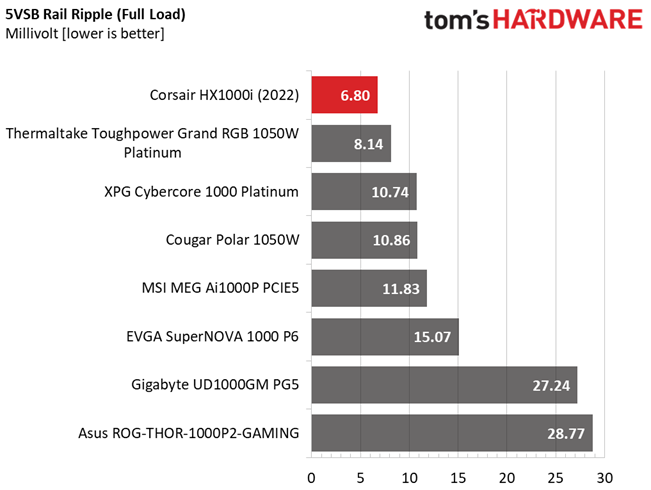
Ripple suppression is good on all rails, especially the minor ones.
Ripple At Full Load
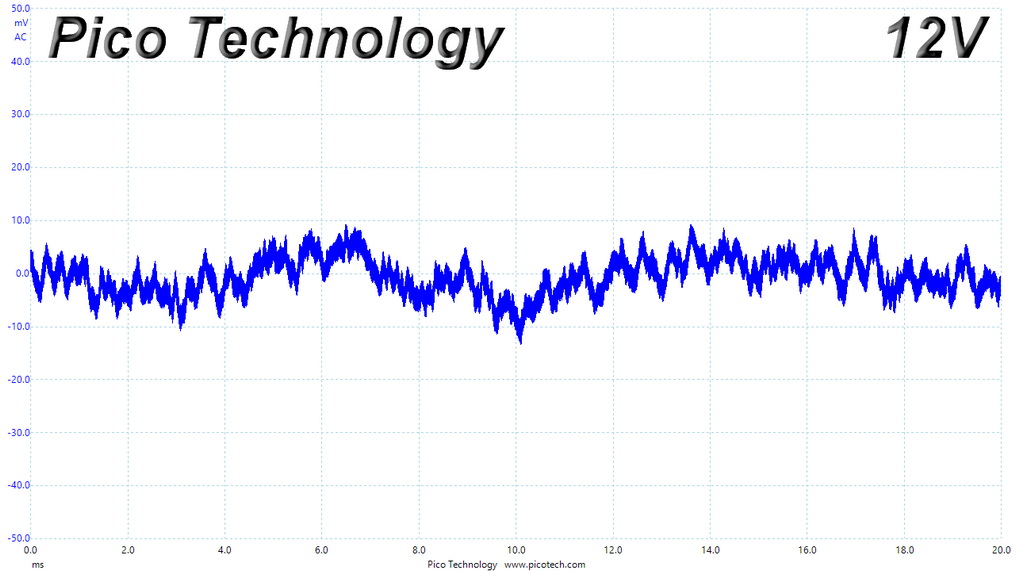
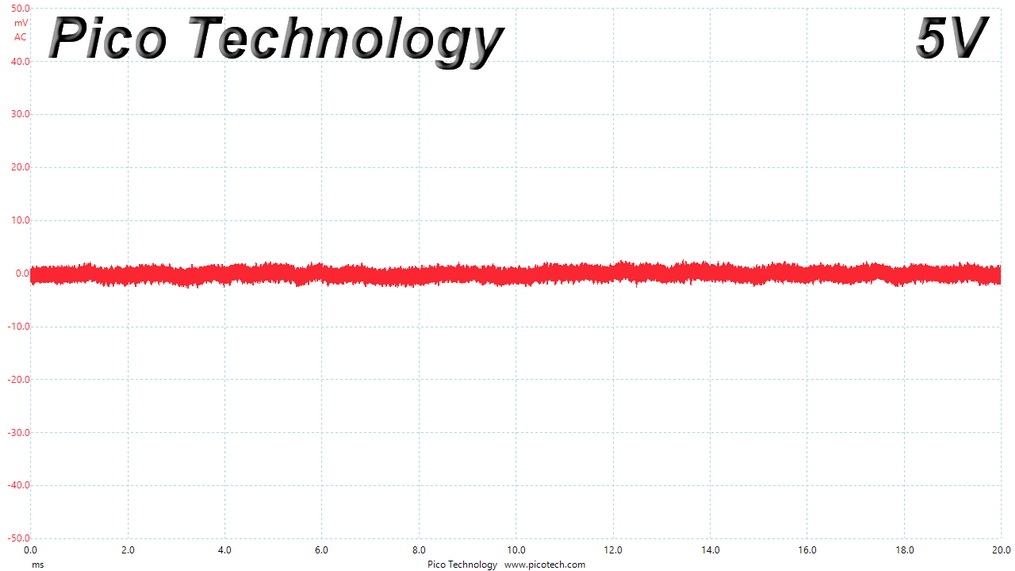
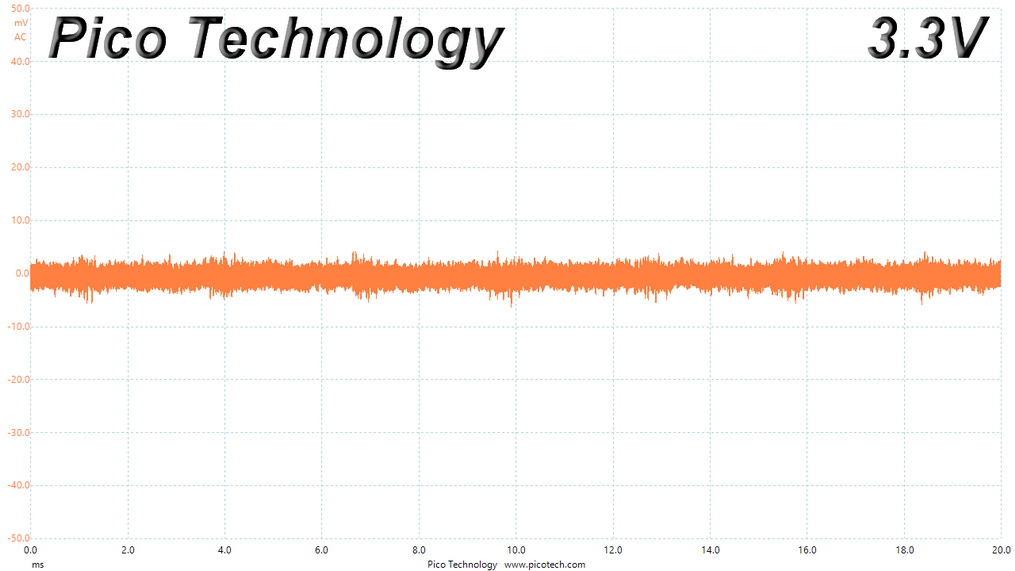
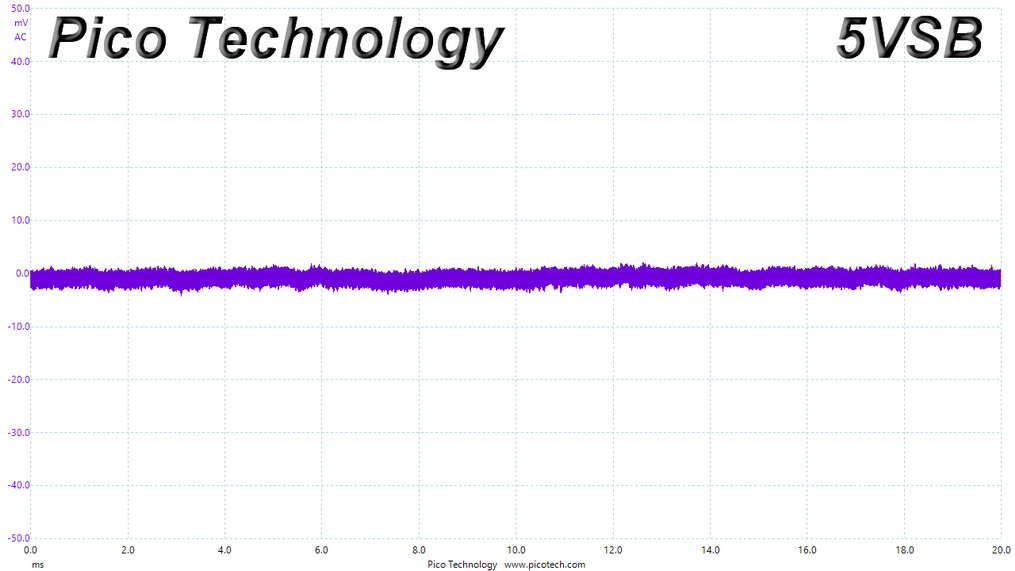
Ripple At 110% Load
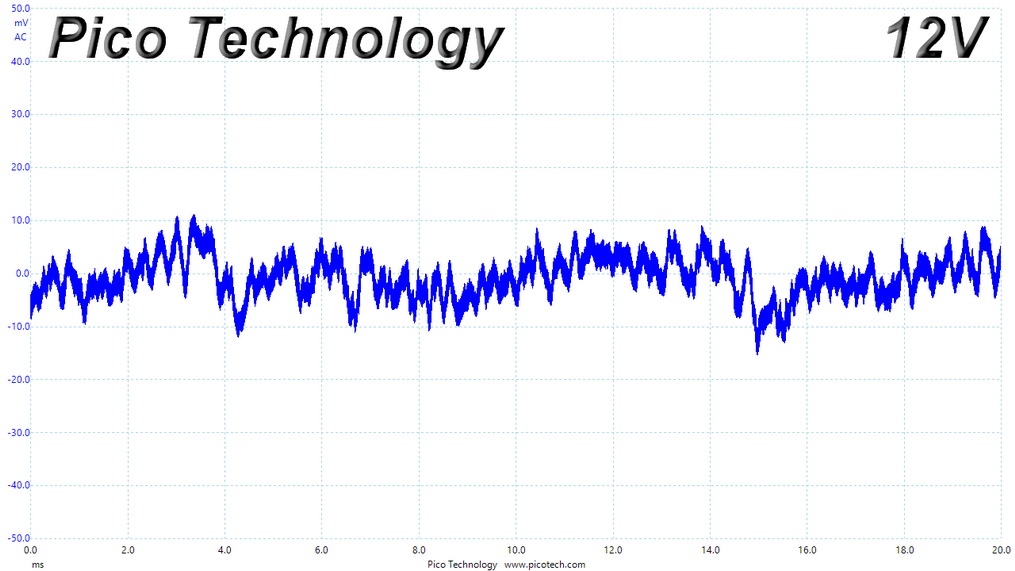
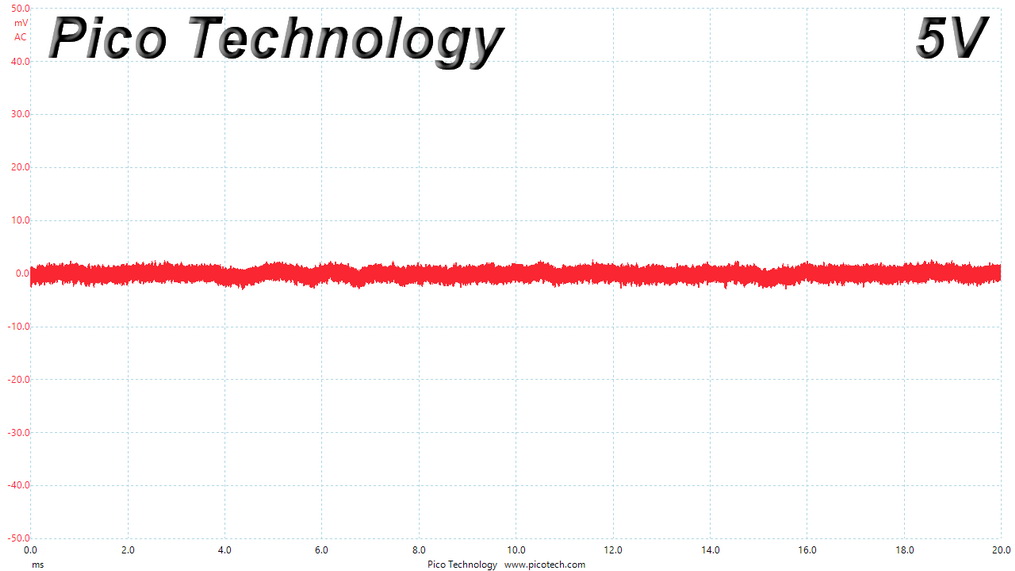
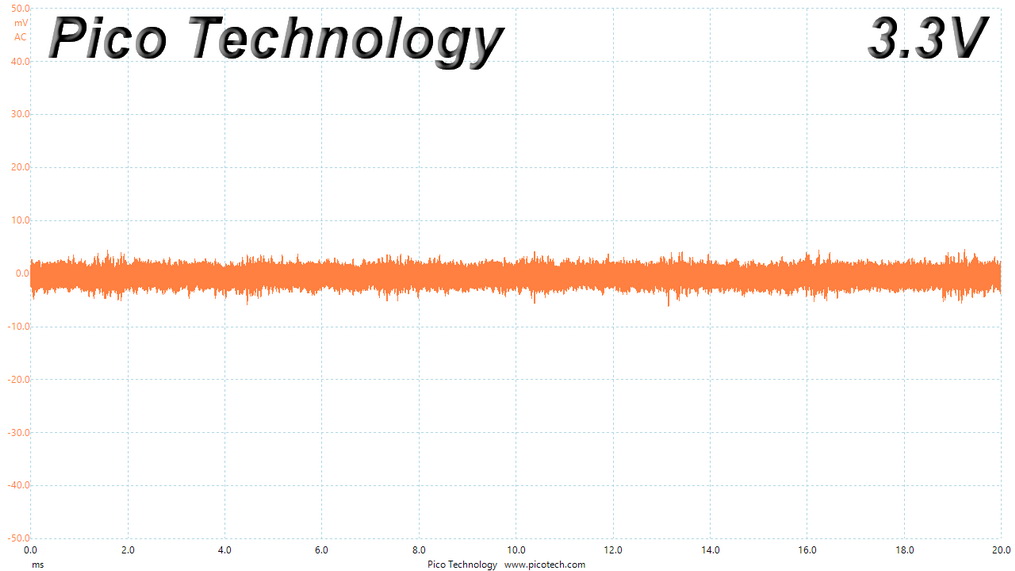
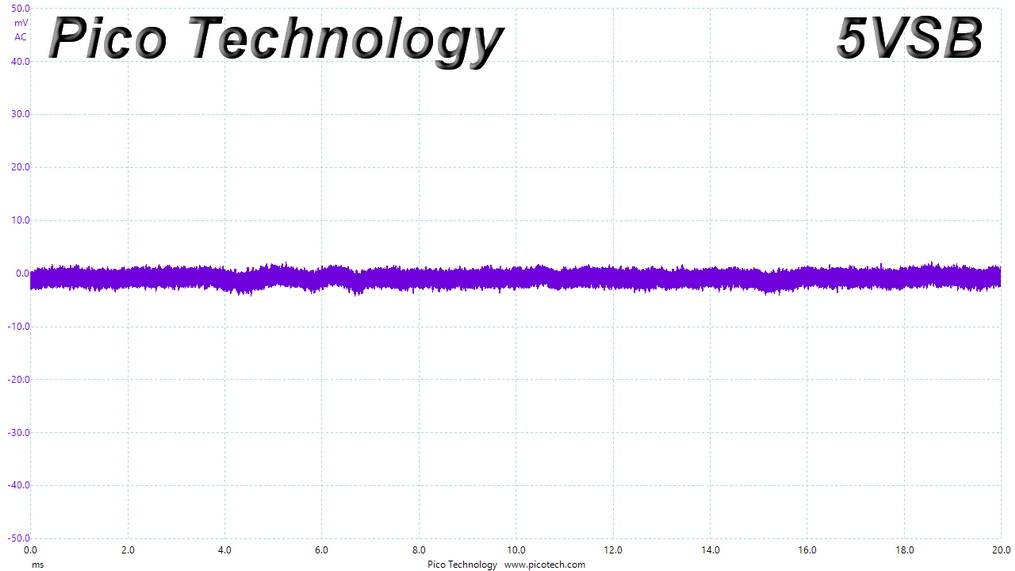
Ripple At Cross-Load 1
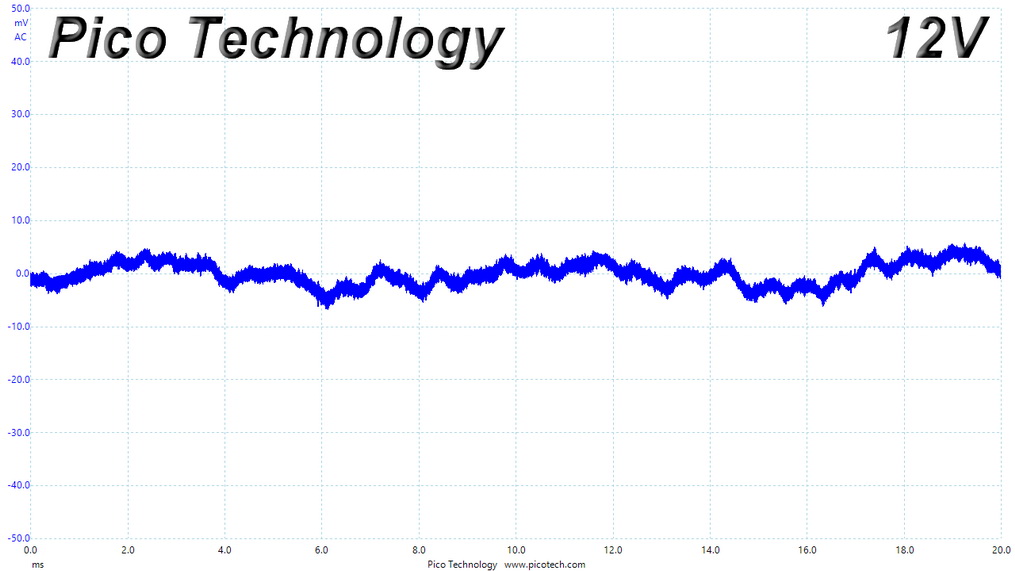
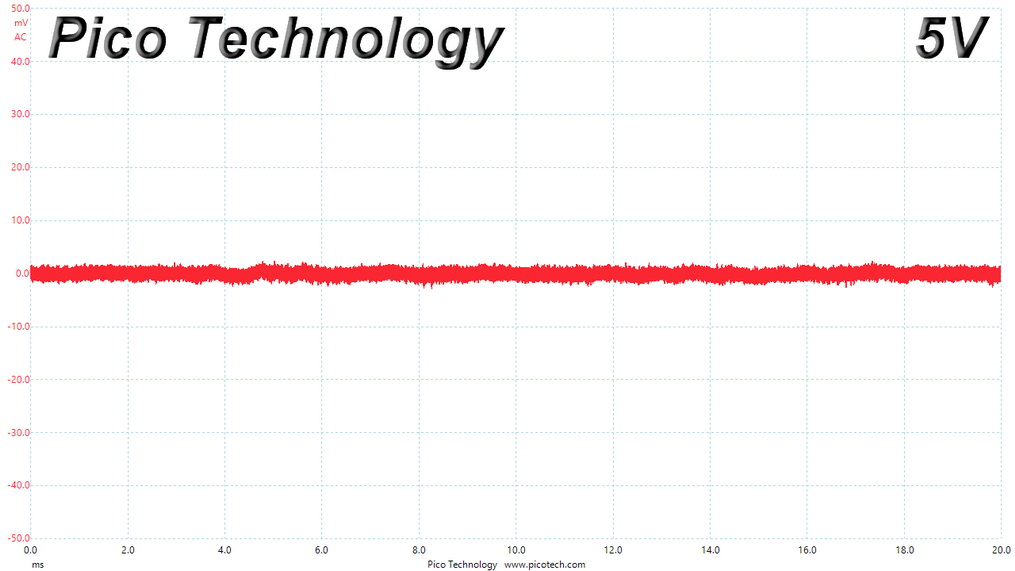
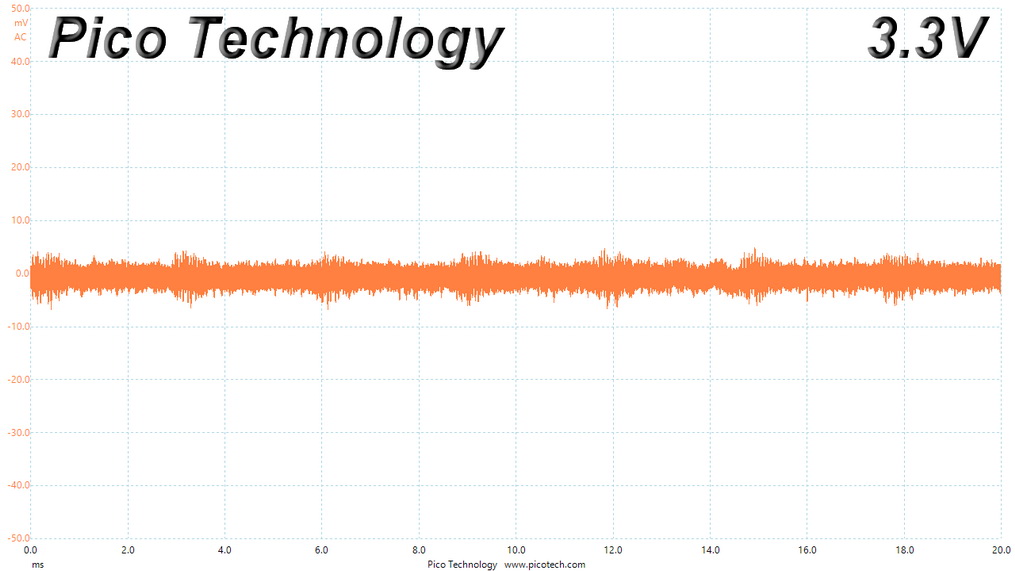
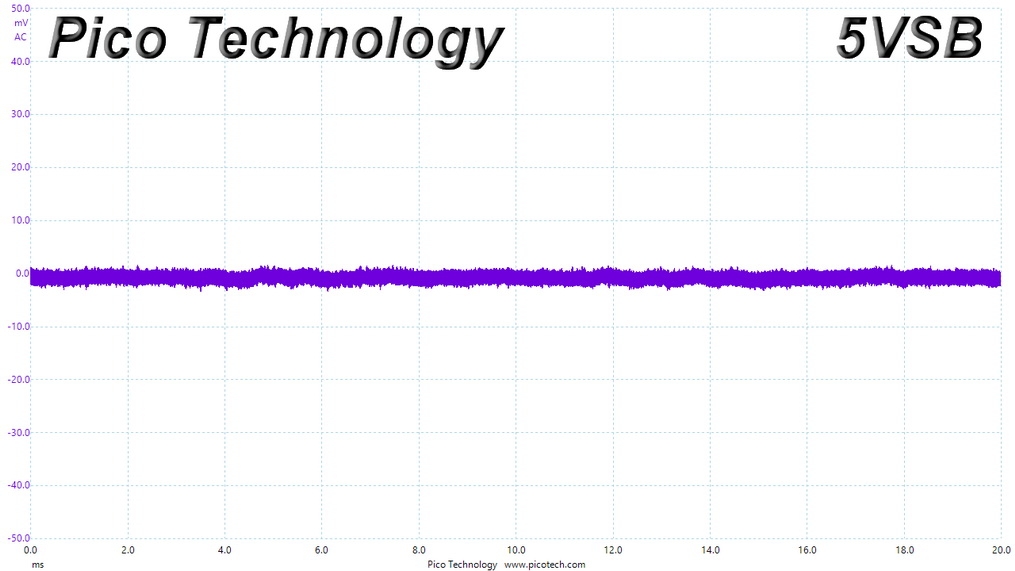
Ripple At Cross-Load 4
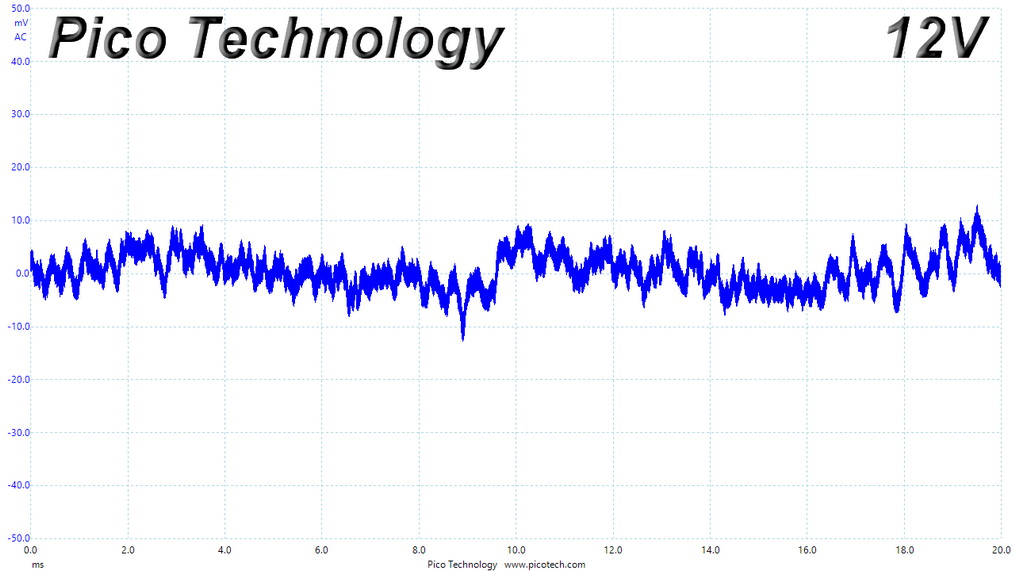
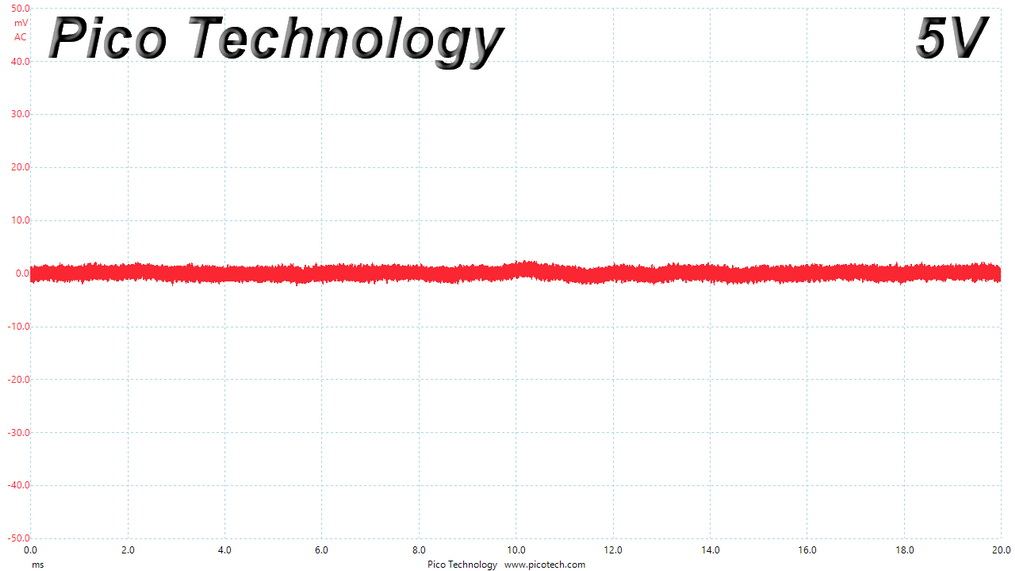
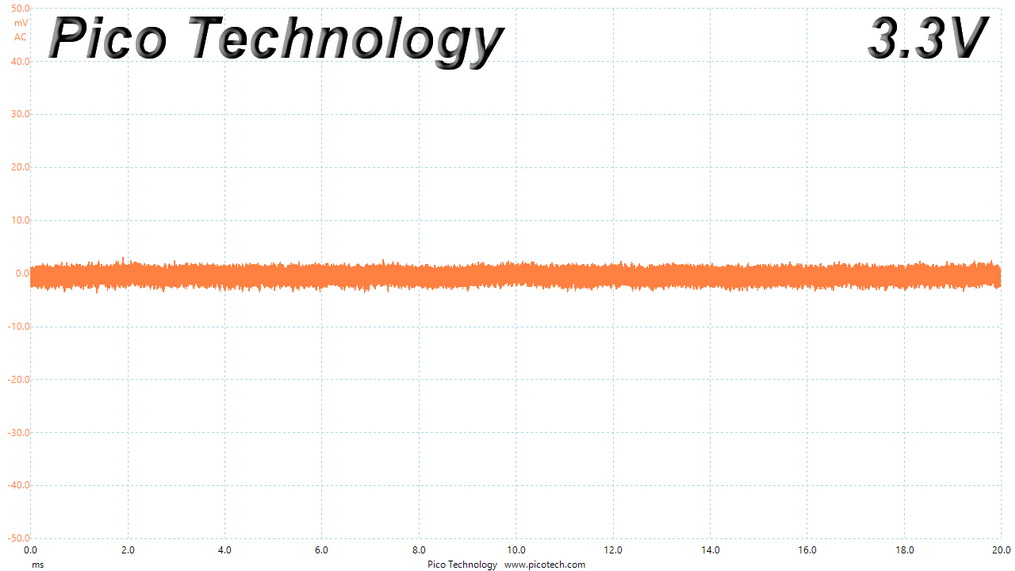
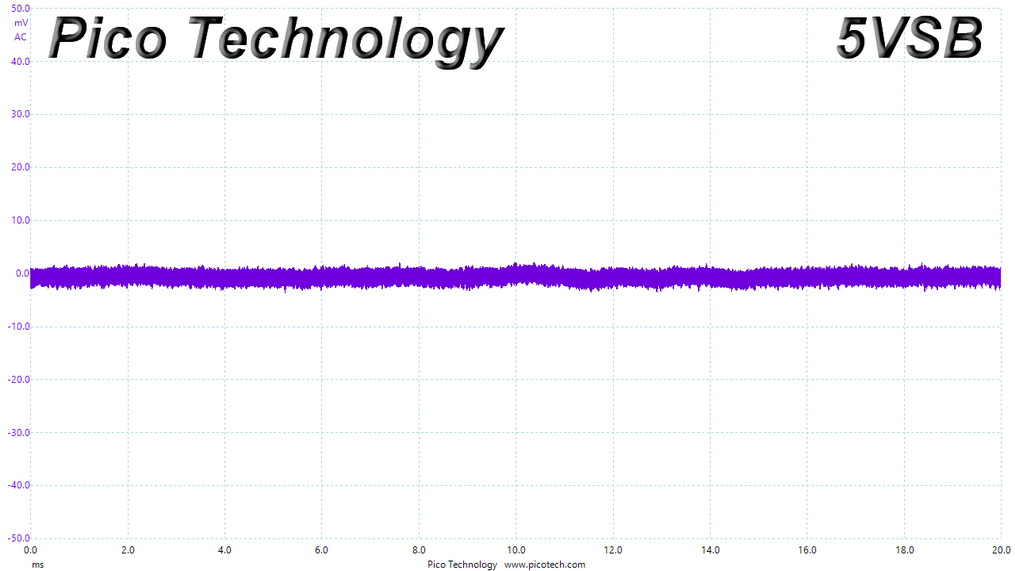
EMC Pre-Compliance Testing – Average & Quasi-Peak EMI Detector Results
Electromagnetic Compatibility (EMC) is the ability of a device to operate properly in its environment without disrupting the proper operation of other nearby devices.
Electromagnetic Interference (EMI) stands for the electromagnetic energy a device emits, and it can cause problems in other nearby devices if too high. For example, it can cause increased static noise in your headphones or/and speakers.
΅We use TekBox's EMCview to conduct our EMC pre-compliance testing.
EMI emissions are low.
MORE: Best Power Supplies
MORE: How We Test Power Supplies
MORE: All Power Supply Content
Current page: Transient Response Tests, Timing Tests, Ripple Measurements and EMC Pre-Compliance Testing
Prev Page Protection Features, DC Power Sequencing, Cross-Load Tests and Infrared Images Next Page Performance, Noise, Efficiency and Power Factor
Aris Mpitziopoulos is a contributing editor at Tom's Hardware, covering PSUs.
-
Co BIY Another nicely done review. Seems lots of people will need a 1000 Watt supply now.Reply
This is the first time I've heard about PCIe 5.0 having anything to do with the power supply ?
Maybe in the next review you could explain this. -
jkflipflop98 I picked up a 1kw cooler master PSU about 10 years ago or so. It's still going strong.Reply -
escksu ReplyCo BIY said:Another nicely done review. Seems lots of people will need a 1000 Watt supply now.
This is the first time I've heard about PCIe 5.0 having anything to do with the power supply ?
Maybe in the next review you could explain this.
Its not really about the PCIE 5.0 slot but the power connector for graphics card. New graphics cards are supposed to utilise the so-called "PCIE 5.0 16pin power connector" (again, nothing to do with PCIE 5.0 slot).
Eg. the RTX4090 uses PCIE 5.0 16 pin power connector but its actually a PCIE 4.0 16x card.
You do not need any special PSU in order to utlise the PCIE 5.0 slot on your board. Currently there are no PCIE 5.0 devices other than SSD.
